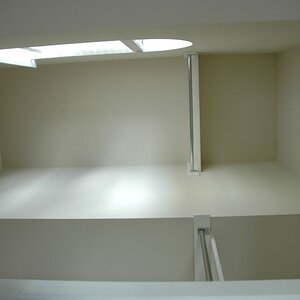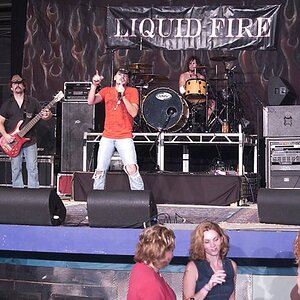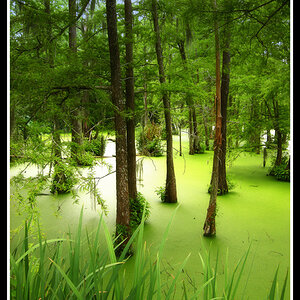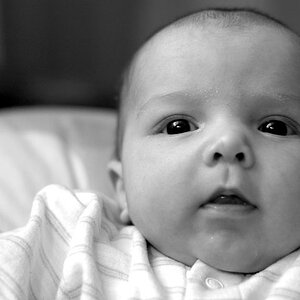jcdeboever
Been spending a lot of time on here!
- Joined
- Sep 5, 2015
- Messages
- 19,868
- Reaction score
- 16,081
- Location
- Michigan
- Can others edit my Photos
- Photos OK to edit
I recently started printing on fiber paper and the annoying thing is it comes out all wrinkled compared to the RC paper. I don't want to tape or staple the edges for obvious reason and not sure it would work anyway. That's how I prepared watercolor paper back in the day, get it wet and water tape the edges on a shellacked board, let it dry, and then paint on it. When the painting was finished, it dried nice and flat.
I recently ironed one and it came out fine but it scared the crap out of me. I sandwiched the print between craft paper and it came out fine but made me real nervous. Any other ways, better ones?
I recently ironed one and it came out fine but it scared the crap out of me. I sandwiched the print between craft paper and it came out fine but made me real nervous. Any other ways, better ones?



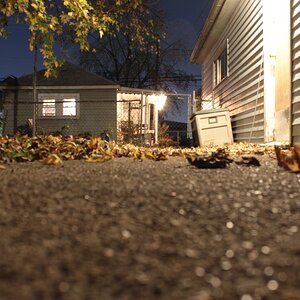
![[No title]](/data/xfmg/thumbnail/33/33343-857a08c1327857172779bfe49f06f638.jpg?1619735911)
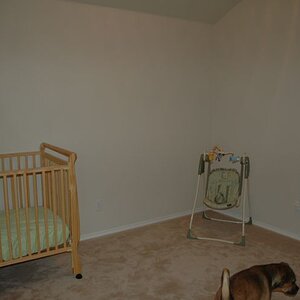

![[No title]](/data/xfmg/thumbnail/39/39440-bc17565eb7adee7f9859c53933e8543c.jpg?1619739033)
